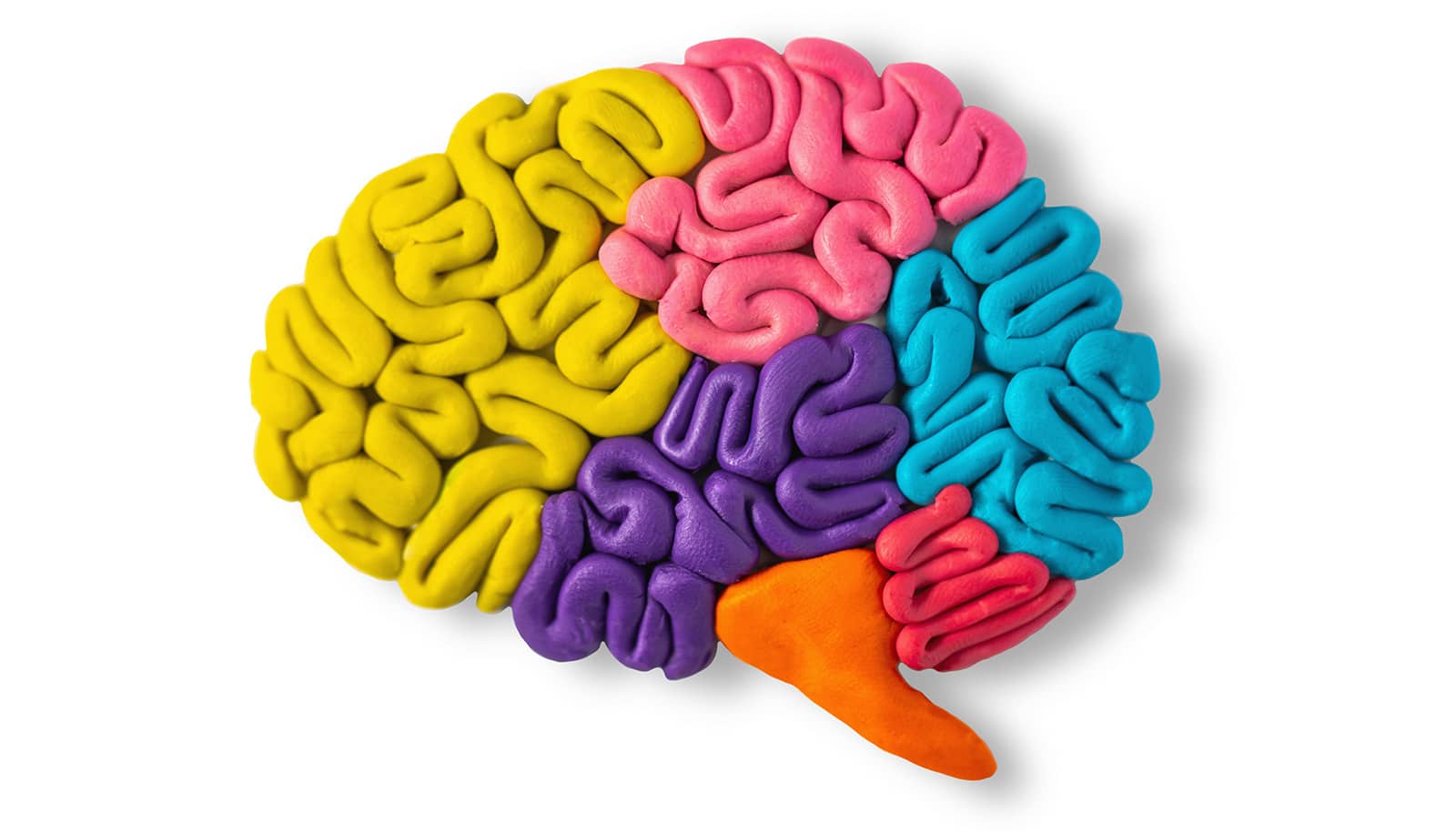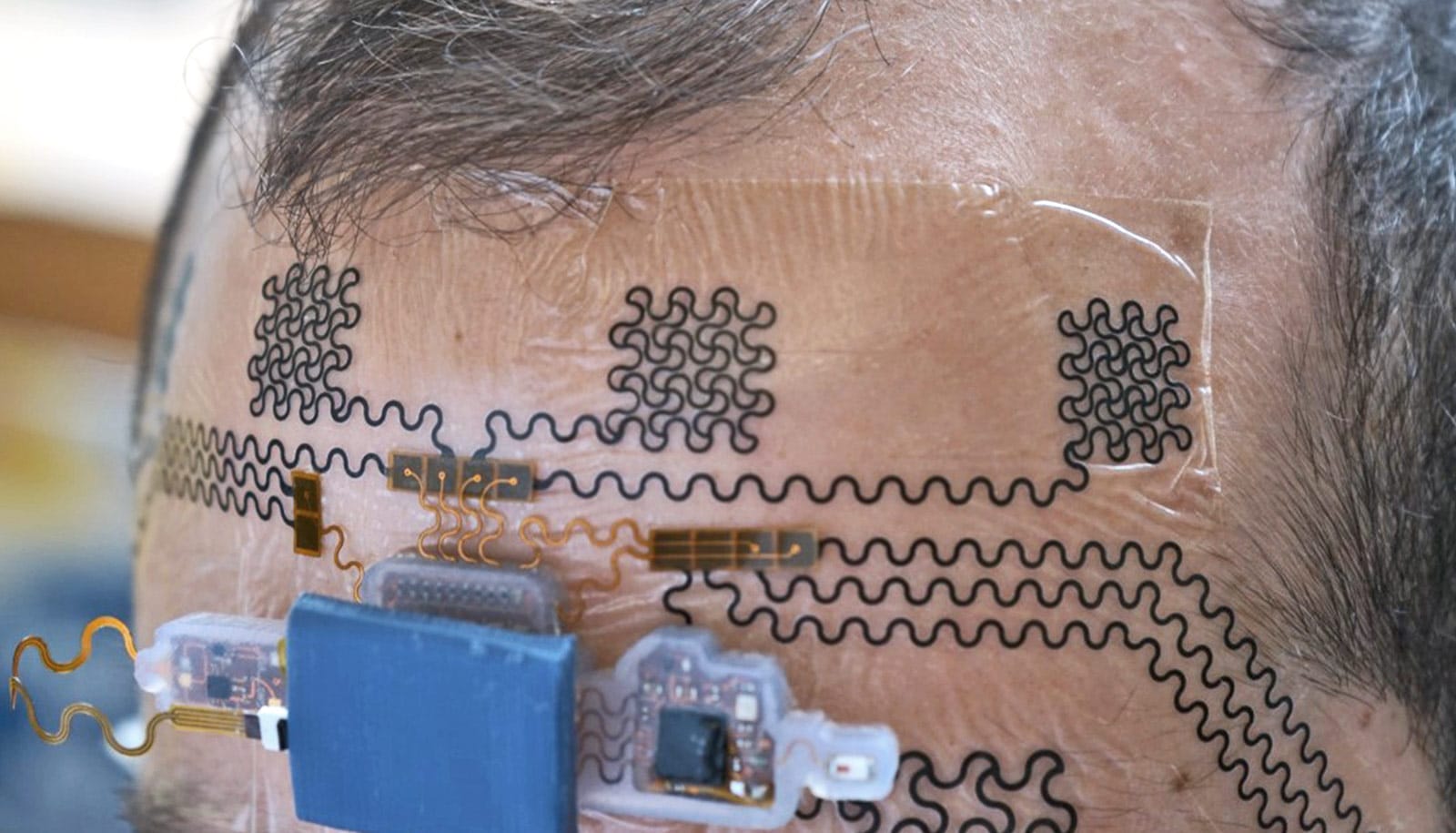Scientists for the first time have used a genetic engineering technique to create brain cells from the blood cells of individuals in a three-generation family with Tourette syndrome.
The findings could help determine what causes the disease.
“This is so important to the future research of Tourette’s and other neuropsychiatric disorders because before this technique was discovered we were unable to study brain-type nerve cells of living patients,” says Jay Tischfield, professor of genetics at Rutgers University and senior author of the study that appears in Molecular Psychiatry.
“I think this technique will give us a better understanding of what sorts of genes cause this disease. Also, these cells could be used to screen drugs that might be effective for treatment.”
While the technique—which led to a Nobel Prize in 2012 for the Japanese and British scientists who discovered it—has been used to investigate the genetic link of other psychiatric or neurological diseases like schizophrenia and Lou Gehrig’s disease, it has not been used in for Tourette syndrome, which has no precise treatment and cannot yet be diagnosed by genetic testing.
For the study, Tischfield, and doctoral student Nawei Sun converted blood cells of members of the same family—those who had Tourette’s and those who didn’t—into induced pluripotent stem cells, or iPS cells, which were then converted into brain nerve cells.
Pluripotent stem cells are capable of maturing into any type of adult cell—from a heart muscle cell to a nerve cell—and offer scientists an opportunity to study inherited diseases in the tissues that are most affected.
After sequencing all of the protein encoding DNA in many members of this large family, researchers concluded that the observed Tourette disorder and obsessive compulsive disorder was likely due to a mutation in the PNKD gene that was present in family members diagnosed with the disorders.
Four damaged genes linked to risk of Tourette’s
The brain-specific form of the PNKD protein was present at lower levels in those with Tourette’s due to the mutation and scientists believe, while it might not be the case in most people with Tourette syndrome, it is the cause for this particular family. More research needs to be done to determine how such a mutation could cause these disorders, Tischfield says.
“What we were able to show is the malfunction of the gene and how disrupting it could cause Tourette’s,” Tischfield says. “As we move forward, we may find other families with this same genetic mutation.”
Tourette syndrome—a disorder characterized by both vocal and body tics—is linked to problems in the basal ganglia, the part of the brain responsible for voluntary motor control, procedural learning and eye movement, as well as cognitive and emotional function. It is characterized by grimacing, eye blinking, and shoulder shrugging and often accompanied by co-occurring conditions, such as depression, obsessive-compulsive disorder, or attention-deficit hyperactivity disorder.
In the United States one out of every 100-150 people exhibit Tourette syndrome, with men affected three to five times more often than women. Scientists estimate that there are approximately 400 genes in which a mutation could increase risk for Tourette disorder.
Source: Rutgers University



